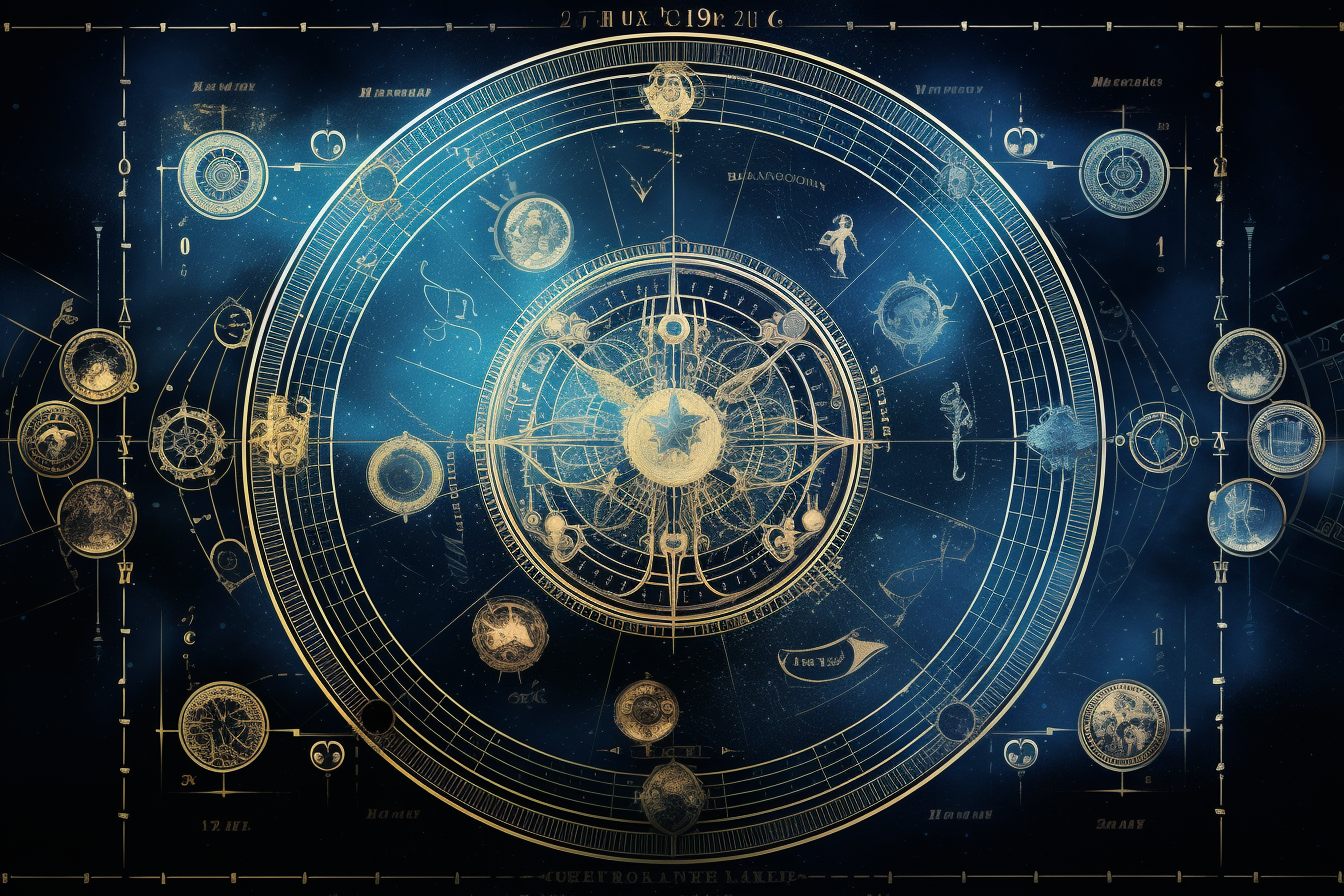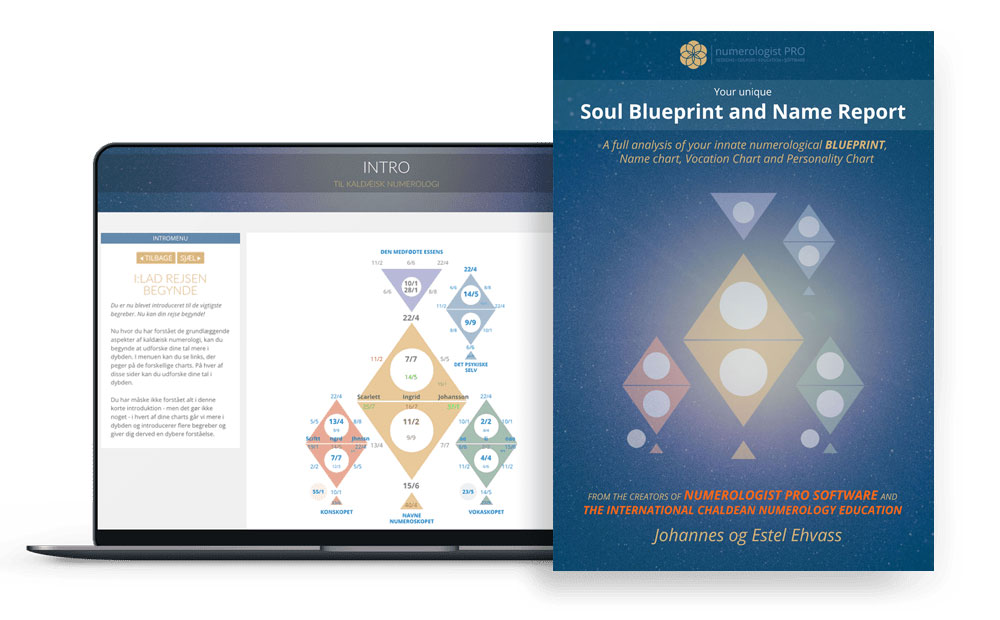Conclusion: Synthesizing House Knowledge

Johannes Ehvass
Welcome, dear reader! In this series, we explore the twelve houses of astrology, each representing a distinct aspect of our lives. These houses form the core of an astrological chart, guiding us through the varied realms of personal identity, relationships, career, and more. As we delve into each house, we'll discover how they shape our perspectives and intersect with planetary energies. Whether you're well-versed in astrology or newly curious, join me on a journey through these celestial domains, where cosmic patterns illuminate the intricacies of human experience.
Conclusion: Synthesizing House Knowledge
Introduction

Astrology is a multifaceted study where individual components intricately weave together to paint a holistic picture of an individual’s life and psyche. The houses, as one of astrology’s core components, play a crucial role in determining areas of focus, challenges, and strengths within an individual’s chart. Integrating an understanding of the houses not only deepens astrological interpretations but also offers more personalized and nuanced insights. This article seeks to explore how to merge knowledge of the houses for a comprehensive astrological interpretation, emphasizing the importance of house cusp overlaps, stelliums, and even the mysterious empty houses.
The Symphony of Astrological Houses
Each astrological house represents a domain of life, from self-identity to spirituality, from material possessions to deep-seated psychological patterns. When interpreted in isolation, each house provides valuable insights. However, the magic truly unfolds when these houses are viewed in unison, much like instruments in an orchestra contributing to a harmonious symphony.
House Cusp Overlaps
One of the complexities in house interpretation is the occurrence of house cusp overlaps, wherein a sign might govern the cusp (starting point) of one house but spill over into the preceding or succeeding house. This phenomenon is especially common in charts cast using the Placidus house system.
Understanding these overlaps is essential because it indicates areas of life (houses) that are intrinsically linked by shared sign energies. For instance, if Leo rules the cusp of the 9th house but also extends into the 10th house, the individual might seek career opportunities (10th house) in higher education or travel-related industries (9th house).
Stelliums in Houses
A stellium, in astrological terms, refers to a cluster of three or more planets residing in a particular house or sign. The presence of a stellium in a house concentrates energy and emphasis on that house’s themes.
For instance, a stellium in the 5th house, the house of creativity, children, and romance, might indicate an individual whose life significantly revolves around artistic pursuits, their children, or romantic relationships. Such concentrated energy can be a double-edged sword. On the one hand, it bestows the individual with unique strengths and a clear life focus. On the other, it may lead to an overemphasis, causing potential neglect of other life areas.
Empty Houses
In many natal charts, certain houses might not be tenanted by any planets. These are termed ’empty houses.’ A common misconception is that an empty house signifies an area of life that is lacking or less important for the individual. This isn’t necessarily the case.
An empty house doesn’t mean that the life domain it represents is insignificant. Instead, it suggests that the themes of that house might not be primary focal points or sources of challenges in the individual’s life. For example, an empty 7th house doesn’t decree a life devoid of partnerships but might indicate that relationships flow more naturally without demanding significant growth or struggle.
Moreover, even empty houses are governed by a sign and have a ruling planet. The energies of this sign and ruler offer insights into the house’s themes, even if no planet resides there.
Integrating Houses for Holistic Interpretation
To truly tap into the power of the houses, one must:
Interweave House and Planetary Energies: Understand the dance between the planets within the houses and the sign energies governing those houses. A Venus in the 2nd house in Scorpio will express differently than in Aries.
Recognize Mutual House Influences: Realize that adjacent houses influence each other. The themes of the 3rd house, communication, can play into how one approaches 4th house themes of home and family.
Dive Deeper with Aspect between Houses: The interactions between planets in different houses can offer valuable insights. For instance, a square between Mars in the 3rd house and Saturn in the 6th can indicate tensions between communication styles (3rd house) and daily work routines or health (6th house).
Consider the House Rulers: Delving into the ruling planets of each house can reveal additional layers of meaning. For instance, if the 5th house of creativity is ruled by Mercury, there might be a strong inclination towards writing or verbal arts.
Analyze Progressions and Transits: The natal chart is a snapshot of the skies at your birth, but the heavens continue to move. By tracking the progressions (the evolved positions of your natal planets) and transits (current planetary positions) through your houses, you can gain insights into evolving themes and periods of your life.
Final Thoughts on Synthesizing House Knowledge
Astrology offers a rich, layered language that speaks to the many facets of human experience. While each component—be it planets, signs, aspects, or houses—provides valuable insights, the magic truly happens when these elements are synthesized.
The houses, in particular, offer a roadmap to understanding the various domains of our lives. From the foundational angular houses that lay out our core themes to the adaptable cadent houses that speak to our flexibility and transitions, each house has its story. Integrating these stories—understanding the overlaps, the concentrations of energy in stelliums, and the nuances of empty houses—allows for a deeper, more holistic interpretation of the chart.
In conclusion, while the study of astrology requires dedication and continued learning, the rewards are profound. By synthesizing our knowledge of the houses, we can move from a fragmented understanding to a comprehensive view of our life’s journey, embracing both its challenges and its potential for growth and transformation.

Johannes & Estel: Renowned authorities in Numerology, Astrology, and the esoteric arts. As the founders of Scandinavia's premier Numerology school, we're delighted to share our insights through this curated series on astrology. Dive in and discover the stars.
The Worlds Most Advanced Numerology Report

Your birthdate reveals your unique life purpose, potentials, talents, weaknesses, and karma in this life.
Your names show what you attract into your life regarding your career, relationships, happiness, money, and success.
GET THE REPORT HERE
Introduction to Astrology
The history of Astrology
Moving beyond deterministic astrology
Foundation of Astrology: Planets, Signs and Houses
Astrology and the Holographic Universe
The Holographic Universe
The Human Psyche as a Mirror to The Solar System
The Human Body as a Mirror to The Star Signs
Astrology Background
Egyptian Astrology
Mayan Astrology
Chinese Astrology
Indian Astrology - Jyotish
Celtic Astrology
Tibetan Astrology
Mesopotamian Astrology
Early Mesopotamian Astrology: The Dawn of Celestial Divination
Enuma Anu Enlil: The Epicenter of Babylonian Celestial Omen Interpretation
Babylonian and Chaldean Astrology
Babylonian and Chaldean Astrology
Chaldean influence and evolution
Chaldean Wisdom: Safeguarding and Transmitting Astrological Knowledge
Hellenistic Astrology
Hellenistic Astrology background
Claudius Ptolemy and Tetrabiblos
Vettius Valens
Dorotheus of Sidon
Persian Astrology
Persian Astrology background
Sassanian Astrology
Late Antiquity and The Transition Period
Late Antiquity and The Transition Period
Hellenistic to Islamic Transition: The Torchbearers of Astrological Wisdom
Islamic Golden Age
Arabian Astrology Background
Arabian Astrology Contributions
Medieval Astrology
Introduction: The Medieval Cosmos
Monastic Preservers: Astrological Knowledge in the Dark Ages
Astrology in Medieval Medicine
Kings, Queens, and Constellations: Astrology in the Medieval Court
The Church and the Stars: A Contentious Relationship
Universities and Scholastic Pursuits: Academic Astrology
Astronomy & Astrology: Tools of the Trade
Medieval Astrological Houses and the Synthesis of Traditions
Transition to the Renaissance: Humanism and the Celestial Arts
Reflections: Medieval Astrology's Echoes in Modern Practice
Astrological Art of the Middle Ages
Famous Medieval Astrologers
Medieval Astrological Texts
Renaissance Astrology
Renaissance Humanism and Astrology
Scientific Advancements and Astrology
The Social Fabric: Astrology in Everyday Renaissance Life
Court Astrologers of the Renaissance
Controversies and Conflicts: Astrology Under Scrutiny
Renaissance Texts and Authors: Continuation of a Tradition
Astrology and Art: Celestial Imagery in the Renaissance
Renaissance Astrological Practices: Evolutions and Innovations
End of the Renaissance: The Gradual Decline of Astrological Influence
Renaissance Astrology's Echo in the Modern World
Enlightenment Astrology
Introduction: The Enlightenment and Astrology
Challenging the Stars: Astrology's Critics during the Enlightenment
Astrology and the New World
Astrology in the 19th Century
The Dawn of Psychological Astrology
Astrology in the 20th Century: A Modern Renaissance
Astrological Associations and Schools
Modern Controversies and Astrology
Astrology and Popular Culture
Astrology and Technology
Current Trends and Future Directions in Astrology
Conclusion: Reflecting on Astrology's Evolution
The Planet Significances
The Sun in Astrology
The Moon in Astrology
Mercury in Astrology
Venus in Astrology
Mars in Astrology
Jupiter in Astrology
Saturn in Astrology
Uranus in Astrology
Neptune in Astrology
Pluto in Astrology
Chiron in Astrology
Black Moon Lilith in Astrology
Pars Fortuna in Astrology
Ceres in Astrology
Houses in Astrology
Introduction to Astrological Houses
The Angular Houses
The Succedent Houses
The Cadent Houses
The 1st House
The 2nd House
The 3rd House
The 4th House
The 5th House
The 6th House
The 7th House
The 8th House
The 9th House
The 10th House
The 11th House
The 12th House
Interaction Between Houses
Derived Houses, House Rulers, and Interceptions
Conclusion: Synthesizing House Knowledge
All Materials © 2023 & 2024 Numerologist PRO
Terms of Service: Information provided by Numerologist PRO and/or from this web site is not intended as advice (medical, psychological, financial or other), nor is it intended to replace your work with a qualified professional (medical or otherwise). You should maintain your relationship with your providers and consider the services of this site as informational only. Any information, stories, examples, or testimonials presented on this website do not constitute a warranty, guarantee, or prediction regarding the outcome of an individual. This web site is a sharing of knowledge and information of numerology/energy work based on the experiences of Numerologist PRO. You are encouraged to make your own decisions based on your own research and inner guidance. By booking and receiving services, you agree to fully release and hold harmless Numerologist PRO and all it's affiliated numerologists from and against any liability or claim that may arise out of or in connection with their service(s).
Numerologist PRO © 2021

CONTACT
numerologist@numerologistpro.com
LIKE US, and get free numerology tools, info about your personal numbers, best business dates of the year - and more!
YOUR FREE NUMEROSCOPE CHART
Enter your name and email below and get access to our free online numerology chart tool.